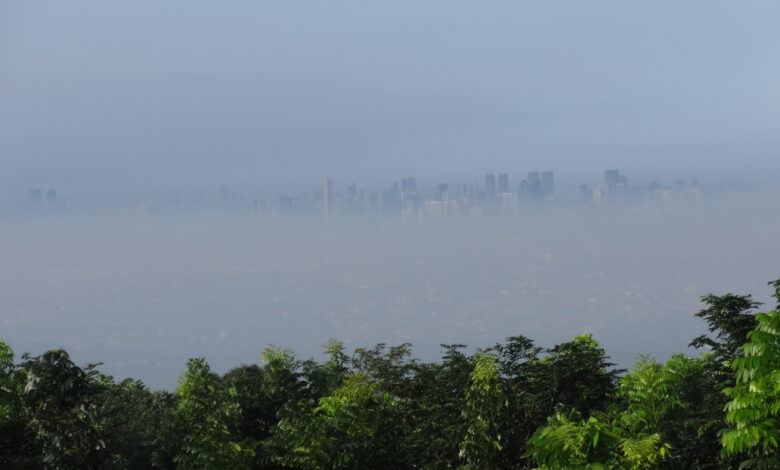
Metro Manila Commuting Conundrum: Who’s Polluting More?
After the capital region’s most recent incident of volcanic smog or “vog” – a Metro Manila commuting conundrum hit us: who’s polluting more? Are the very cars we’re driving actually making our air quality worse than the occasional volcanic eruption? Let’s find out!
Volcanic Smog: A Familiar Foe
Vog, or volcanic smog, is the result of volcanic eruptions in the Philippines. The nearby Taal Volcano, a relatively short distance from Metro Manila, is one such active volcano known to release vog. When vog blankets the city due to eruptions like that of Taal, it causes health risks and environmental concerns.
Vog’s effects are immediate and visible. In response, authorities issue warnings, people are urged to stay indoors, and face masks become the norm to protect public health. This is what happened just recently. But many also didn’t care for it. To them, it was just like any other smoggy, polluted Metro Manila day.
The Silent Offender: Daily Traffic Emissions
That’s likely because amidst the occasional vog, a quieter and more persistent offender goes largely unnoticed – the emissions from the daily commute. In Metro Manila, it’s a common occurrence to spend hours stuck in traffic. In these congested conditions, vehicles emit a substantial amount of pollutants into the atmosphere.
According to the Department of Environment and Natural Resources (DENR), motor vehicle emissions are responsible for up to 80% of air pollution. This consists of carbon monoxide, nitrogen oxides, volatile organic compounds, and fine particulate matter. They build up silently in the air, day by day. They contribute to a steady decline in air quality and environmental health. And it’s gone on for decades. This ongoing exposure, though less visible than vog, poses long-term risks to public health and the environment.
RELATED: Dear Filipino Jeepney, Thank You and Goodbye
So when this recent vog incident occurred and prompted more people to get in their cars, even for just a day or two, it got us thinking! With the capital region’s growing population, and the above-mentioned facts, is our air quality forever doomed due to Metro Manila commuting?
Comparing the Impact
To put the impact of the two sources of pollution into perspective, it’s important to consider their frequency and persistence. Vog, which emanates from nearby volcanoes like Taal, is a striking and concerning environmental phenomenon that occurs periodically but is relatively short-lived. In contrast, the emissions from daily traffic in Metro Manila are an ongoing and persistent problem. While the immediate impact of vog is significant, the cumulative effects of daily traffic emissions cannot be ignored.
The continuous release of harmful pollutants into the air over time is a slow and insidious process that can lead to a host of health problems and contribute to global climate change. It’s essentially death to our air quality, and to us, by attrition. Both issues, while different in nature, pose harm to both the environment and public health. So instead of supporting any car-centric agenda, acknowledging the gravity of daily traffic emissions is the better first step. Towards what? Towards developing sustainable and effective solutions that will lead to a cleaner, healthier, and more environmentally-friendly future for Metro Manila.
This is our shared home, after all. And when we make decisions like taking a private vehicle, or the bus, or a bicycle, we impact everyone around us. That’s one fresh way to look at Metro Manila commuting.
Crawling to a Resolution
As urbanization continues to transform the metropolis’ landscape, vog and daily traffic emissions are just two challenges to come to the fore. There’s still flooding, crime, and of course the average speed of commuting. Because if you can’t get to your destination in time, what’s the point?
For commuters, Metro Manila continues to present this conundrum of being stuck between a rock and a hard place. For the sake of this particular discussion, it’s not getting into a vehicle knowing that our air quality is so bad. Surely, we don’t want to add to it. But would we risk our health for it? Many would likely not.




